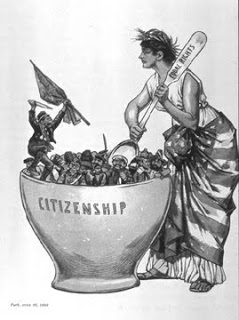Don't rock the boat it may capsize
don't think, don't imagine, don't
analyse-
the myriad of routes that might be
that stretch out before our eyes.
Let's dig a hole in the shifting sand,
dig down, hold tough, there! sight of
land-
a mirage of desert is all you'll see
If you can't deduce a plan.
Govern countries from cliff bottom,
how to begin? With a seed that's
rotten-
like a dark seed, to sea, on the wind
Rise, then fall, 'til all's forgotten.
I wrote this poem after hearing a radio piece about the death of Savita Halappanavar in a Galway Hospital, last month. Savita died after three times requesting (and not receiving) an abortion-due to severe back pain and the onset of miscarriage. The radio segment I was listening to (from the Sean Moncrieff show on Newstalk), interviewed people who were protesting Savita's death at the hands of the State. One aspect of the radio piece that struck me, was the fact that many of the middle-aged women who were protesting also protested the same backward and convoluted laws back in the 80's. The only difference being that now they came with their own daughters, thirty years on. The poem doesn't deal with the senseless and tragic death of Savita, but rather, the myriad of wrong turns and dead ends this country has been led down since the State was created-often due to fear of change, fear of collapse, and perhaps fear of our own power to make our own choices.
I wrote this poem after hearing a radio piece about the death of Savita Halappanavar in a Galway Hospital, last month. Savita died after three times requesting (and not receiving) an abortion-due to severe back pain and the onset of miscarriage. The radio segment I was listening to (from the Sean Moncrieff show on Newstalk), interviewed people who were protesting Savita's death at the hands of the State. One aspect of the radio piece that struck me, was the fact that many of the middle-aged women who were protesting also protested the same backward and convoluted laws back in the 80's. The only difference being that now they came with their own daughters, thirty years on. The poem doesn't deal with the senseless and tragic death of Savita, but rather, the myriad of wrong turns and dead ends this country has been led down since the State was created-often due to fear of change, fear of collapse, and perhaps fear of our own power to make our own choices.

















